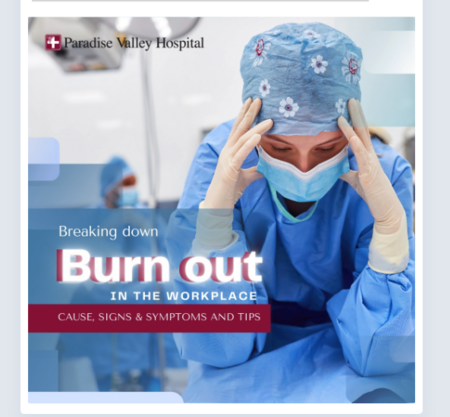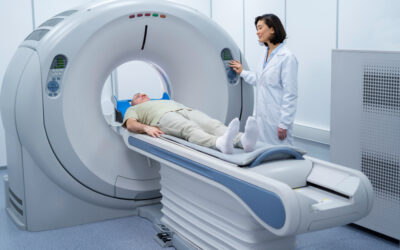Understanding the Causes of Burnout
The factors contributing to burnout in healthcare professionals are multifaceted, often stemming from a combination of individual, organizational, and societal factors. Here are some key contributors:
- Long working hours and excessive workloads: Healthcare professionals often face long shifts, demanding call schedules, and an overwhelming volume of work, leading to physical and emotional exhaustion.
- Emotional strain and compassion fatigue: Caring for patients facing complex medical conditions and experiencing emotional distress can take a toll on healthcare professionals, leading to emotional fatigue and decreased empathy.
- Limited control and autonomy: Healthcare professionals may feel constrained by bureaucratic structures, lack of autonomy in decision-making, and limited control over their work schedules, contributing to frustration and a sense of powerlessness.
- Lack of recognition and support: Healthcare professionals may not receive adequate recognition for their efforts or feel supported by their colleagues or institutions, leading to feelings of isolation and a lack of appreciation.
- Work-life imbalance: The demanding nature of healthcare work often makes it challenging for professionals to maintain a healthy work-life balance, further contributing to burnout.
Recognizing the Signs and Symptoms of Burnout
Burnout manifests in various ways, affecting both emotional and physical well-being. Here are some common signs and symptoms:
- Emotional exhaustion: Feeling overwhelmed, drained, and emotionally depleted
- Cynicism and detachment: Losing enthusiasm for work, becoming cynical about patients or colleagues, and experiencing emotional detachment
- Reduced professional efficacy: Feeling less competent, less confident in one’s abilities, and experiencing a decline in work performance
- Physical symptoms: Experiencing headaches, fatigue, sleep disturbances, and changes in appetite or weight
- Mental health issues: Increased risk of anxiety, depression, and substance abuse
Tips for Preventing and Managing Burnout
Addressing burnout requires a multi-pronged approach that focuses on individual, organizational, and societal changes. Here are some tips for healthcare professionals to prevent and manage burnout:
- Prioritize self-care: Practice mindfulness techniques, engage in regular exercise, maintain a healthy diet, and prioritize adequate sleep to promote overall well-being.
- Set boundaries: Establish clear boundaries between work and personal life, avoid checking work emails or calls outside of work hours, and delegate tasks when possible.
- Seek support: Talk to colleagues, friends, or family members about your experiences, or seek professional counseling if needed.
- Advocate for change: Engage with colleagues, supervisors, and hospital administrators to advocate for improved working conditions, reduced workloads, and increased support systems.
Paradise Valley Hospital: Committed to Supporting Healthcare Professionals
At Paradise Valley Hospital, we recognize the prevalence of burnout among healthcare professionals and are committed to providing a supportive environment that promotes well-being and reduces the risk of burnout. We offer a variety of resources and initiatives to support our staff, including:
- Wellness programs: Providing access to mindfulness training, stress management workshops, and health promotion activities.
- Peer support groups: Facilitating peer support groups where staff can share experiences, offer encouragement, and learn from one another.
- Work-life balance initiatives: Encouraging flexible work arrangements, offering childcare support, and promoting employee engagement activities.
- Recognition and appreciation programs: Recognizing and rewarding individual and team achievements, fostering a culture of appreciation and gratitude.
As a valued member of the healthcare community, your well-being is essential to the quality of care we provide to our patients. We encourage you to prioritize your mental and physical health, seek support when needed, and actively engage in initiatives that promote your well-being. Together, we can create a healthcare environment that fosters resilience, minimizes burnout, and empowers our professionals to thrive.





